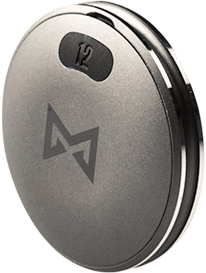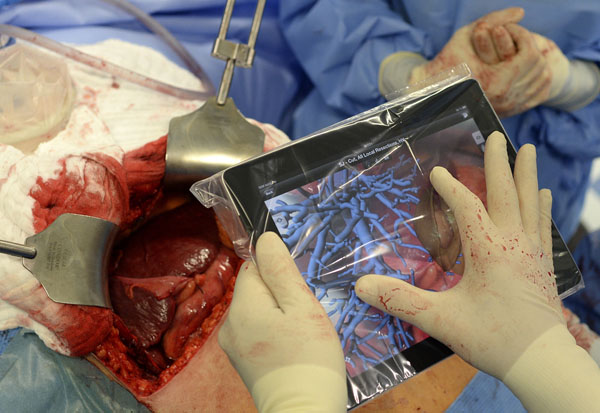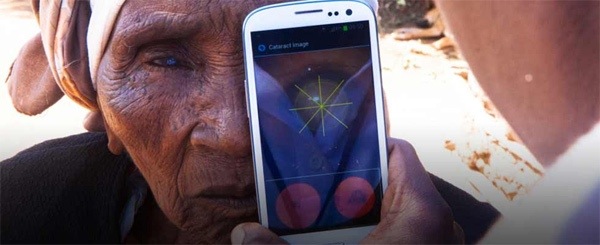STDs, HIV & a lack of privacy
With the global focus on personal privacy after the revelation of the PRISM program, an unlikely source of a potential security hazard and it could be in your pocket. Smartphones and apps have become ubiquitous in the modern world with far reaching applications, including apps designed to aid the care and prevention of HIV & other STDs. A letter to the editor in the Journal of Medical Internet Research has highlighted that while apps can offer many benefits, each individual risks exposing a wide range of private information to the creators of the apps through the “permissions” the app requests.
Put simply, an app generally has to “request permission” from the user to access certain features, like calendar, phone book, or GPS location, that maybe necessary for optimum performance. While apps may genuinely need access to location data to make suggestions such as the closest sexual health clinic, the issue of confidentiality arises when the app is not created by a named health professional. With over 100 different permissions requested by apps, it is often overwhelming for the user to understand which apps are accessing what data and the ways there are utilising it.
With the significant social implications for an individual being diagnosed with HIV or contracting a STD, apps that provide information or advice at the expense of personal data being sent to third parties are a significant risk to the user. With recent findings suggesting top health apps are sharing data with up to 70 third parties, user caution is highly advised. The author of the letter advised that user should check to see whether the developed of any HIV/STD app, or any app in general, is a reputable body or health professional. Even after checking, users are urged to only accept the app “permission requests” if they are happy to provide the type of data requested.
Original letter: http://www.jmir.org/2013/10/e222/
Evidon research: http://www.evidon.com/blog/healthy-data-set







